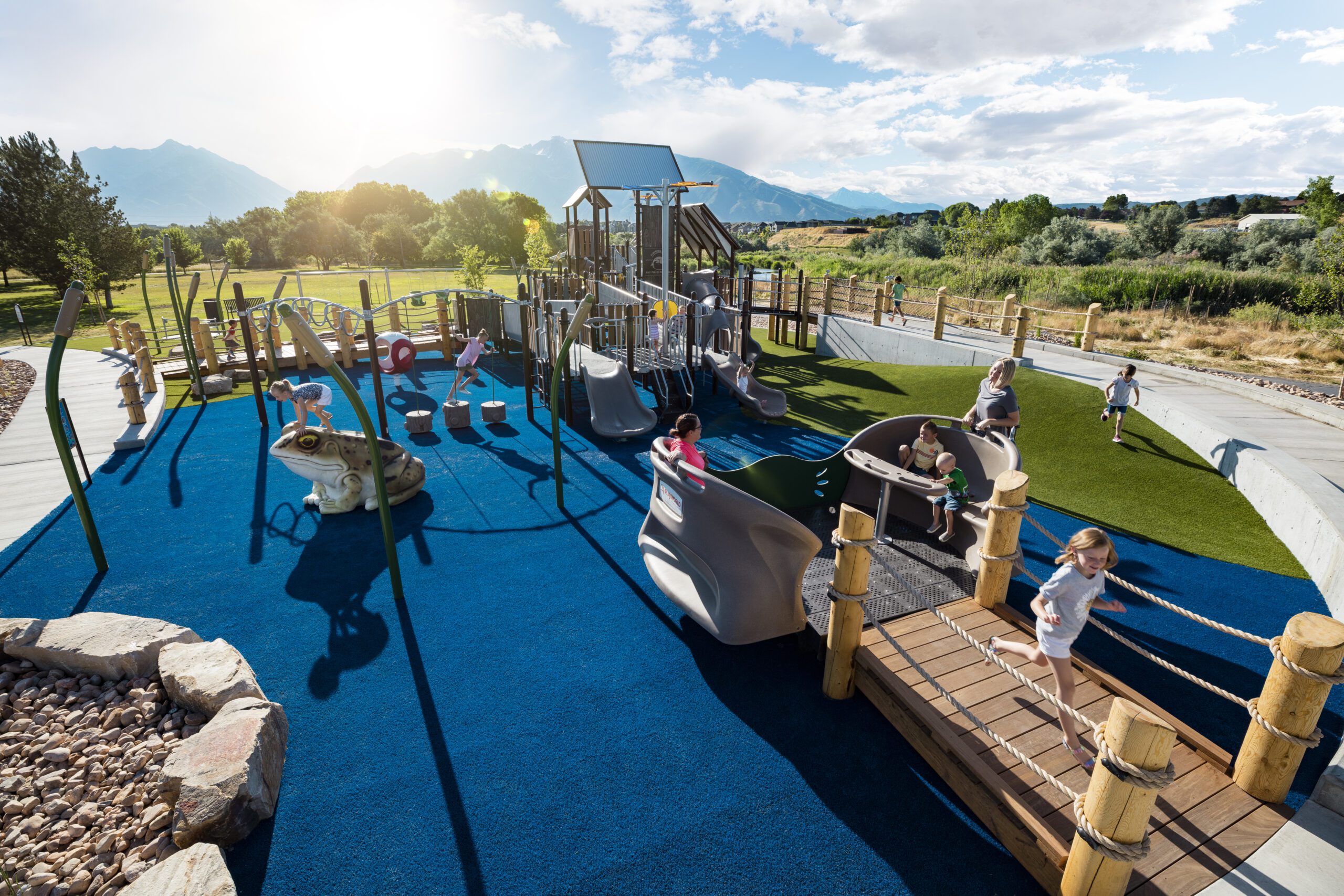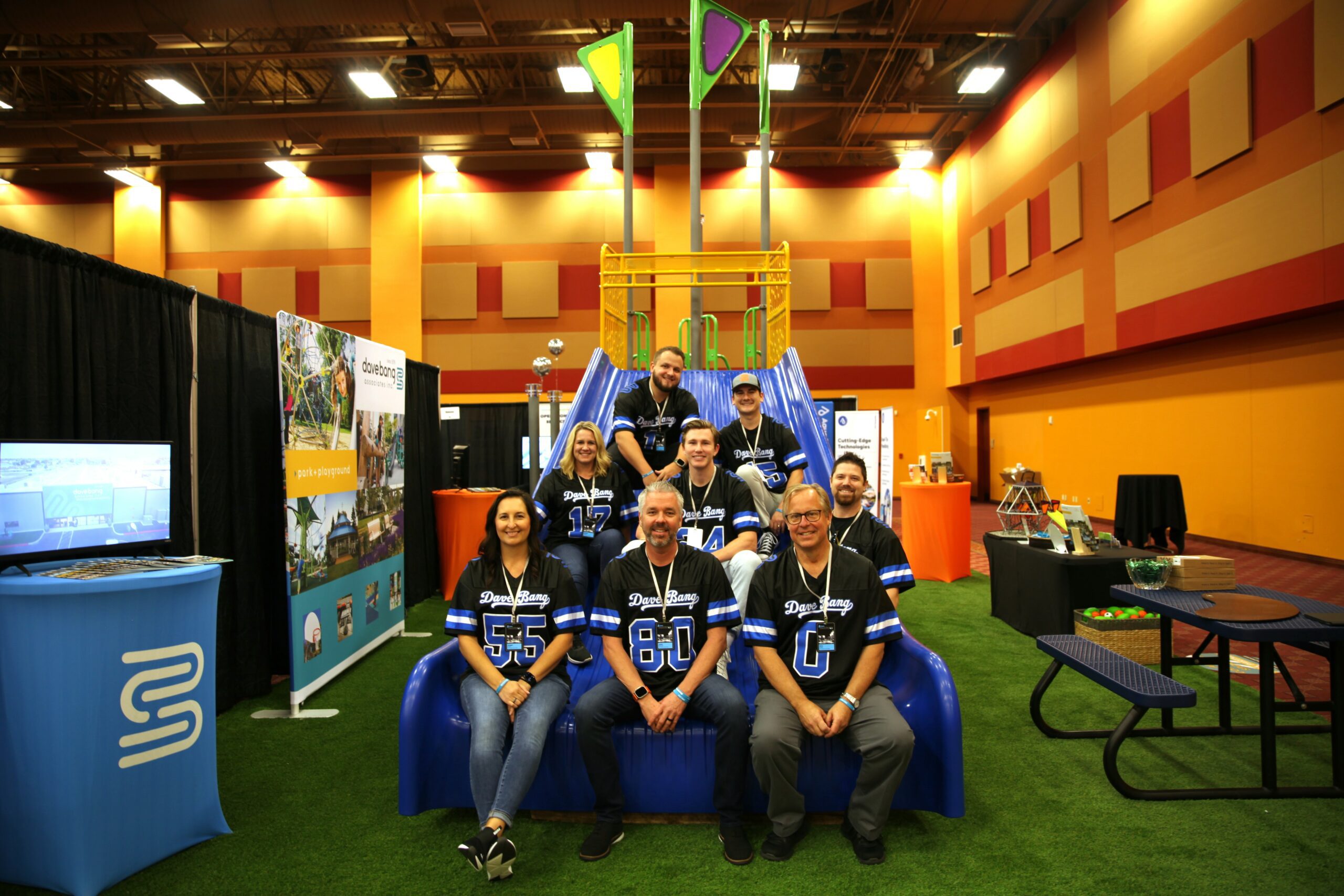The Evolution of Playground Design: Trends and Innovations
Playgrounds, once simple structures of joyous play, have evolved into dynamic, inclusive spaces that reflect innovation, safety, and creativity. As communities strive to create engaging environments for children, the evolution of playground design has seen remarkable shifts in concepts, materials, and the very essence of play itself.
1. From Traditional to Inclusive: Designing for All
- In the past, playgrounds often focused on basic structures like swings and slides. However, modern designs emphasize inclusivity, ensuring that children of all abilities can participate. Inclusive design incorporates ramps, sensory-rich elements, and equipment that accommodates children with varying physical and cognitive abilities.
2. Nature-Inspired Play: Bringing the Outdoors In
- A prominent trend is the integration of natural elements into playgrounds. Designers are embracing the concept of nature-inspired play spaces, incorporating elements like treehouses, logs for climbing, and boulders for balancing, fostering a deeper connection between children and the natural world.
3. Emphasis on Safety: Materials and Standards
- Safety has become a cornerstone of playground design. Innovations in materials, such as impact-resistant surfaces and sustainable yet sturdy construction materials, have significantly reduced injury risks. Moreover, adherence to strict safety standards ensures that playgrounds are not just fun but also secure spaces for children to explore and play.
4. Multifunctional Play Zones: Encouraging Diverse Activities
- Contemporary playgrounds are moving away from single-purpose structures. Instead, they offer multifunctional zones that encourage various types of play, from imaginative play areas and climbing structures to interactive elements like musical installations and water play zones, catering to diverse interests and ages.
5. Interactive and Digital Play: Balancing Tech and Tradition
- The rise of technology hasn’t been ignored in playground design. Some innovative designs incorporate interactive elements, like augmented reality games or sensory experiences, to blend the benefits of technology with traditional play, ensuring a balanced and engaging environment.
6. Environmental Sustainability: Designing for the Future
- Sustainability is a key consideration in modern playgrounds. Designers are opting for eco-friendly materials, emphasizing renewable resources, and even incorporating elements that educate children about environmental conservation, fostering a sense of stewardship from an early age.
7. Adaptive Reuse and Community Engagement
- In many cases, playground designs embrace adaptive reuse, repurposing existing materials or structures creatively. Moreover, community engagement plays a significant role, involving local input and preferences in shaping playground designs that truly reflect the needs and desires of the community.
8. Themed Play Spaces: Encouraging Imaginative Play
- Themed playgrounds, inspired by fairy tales, historical eras, or cultural elements, encourage imaginative play. These themed spaces transport children to different worlds, sparking creativity and storytelling during playtime.
9. Championing Free Play: Unstructured and Unleashed
- Recent designs advocate for unstructured play, allowing children the freedom to explore and create their play experiences. Incorporating open spaces, loose parts, and movable elements, these playgrounds prioritize creativity and self-directed play.
10. Inclusive Technology Integration: Accessible and Educational – There’s a growing trend of incorporating technology for educational purposes in playgrounds. From interactive learning stations to QR codes that offer historical or educational information, technology is used to enhance the learning experience while ensuring accessibility for all children.
The evolution of playground design continues to push boundaries, with a focus on creating spaces that not only entertain but also nurture creativity, inclusivity, and safety. As designers and communities collaborate to shape these spaces, the future of playgrounds holds the promise of being engaging, educational, and delightful arenas for children’s development and enjoyment.




